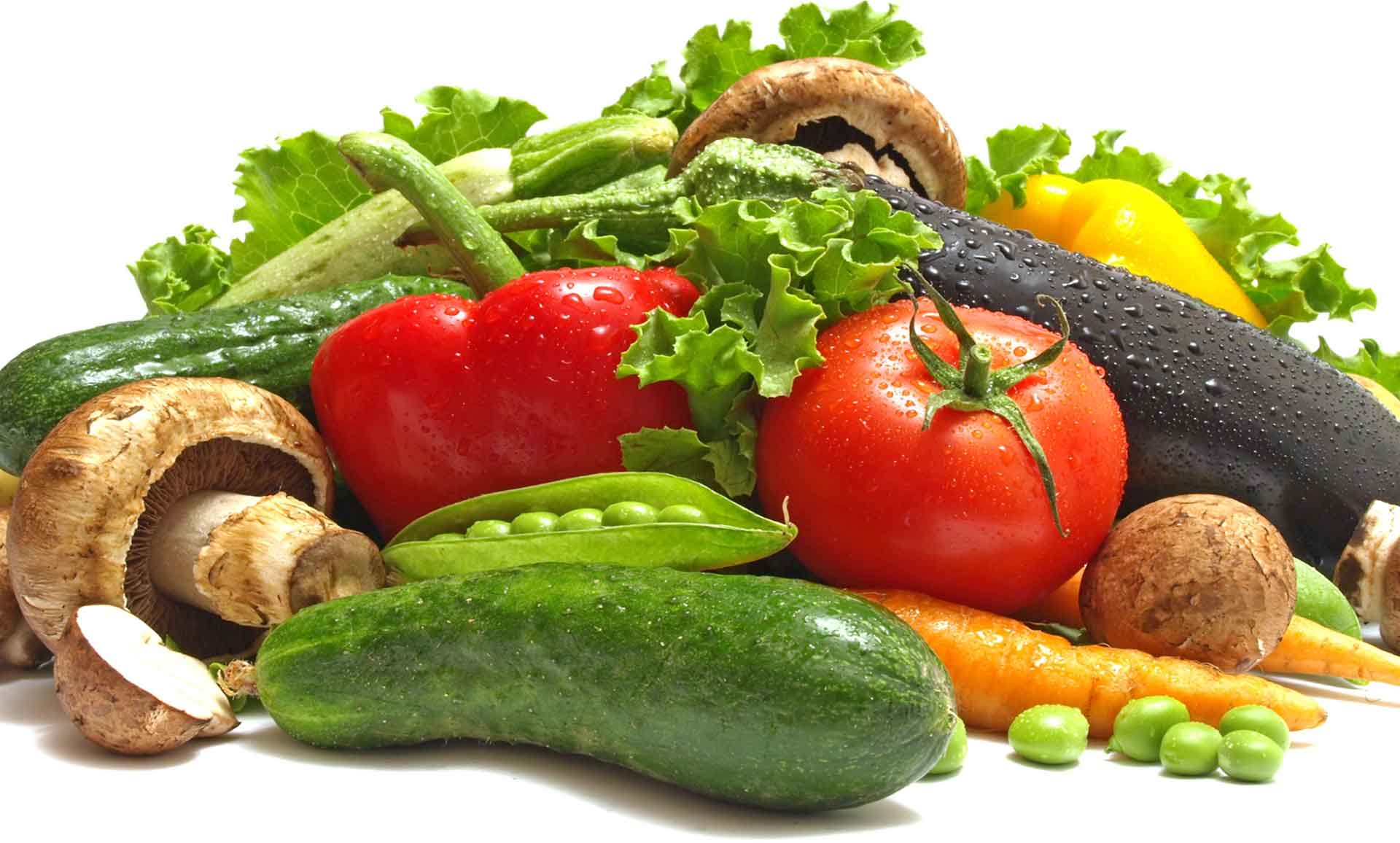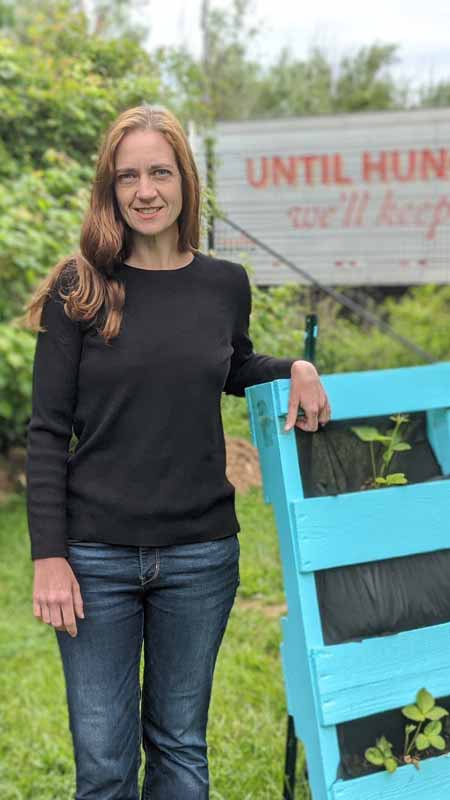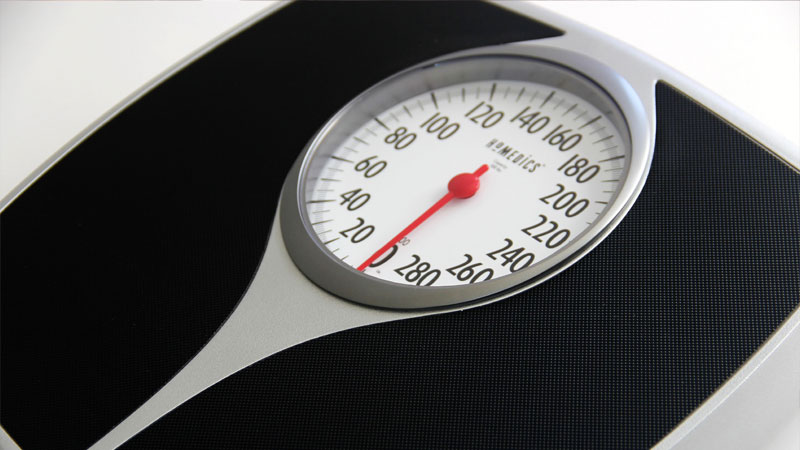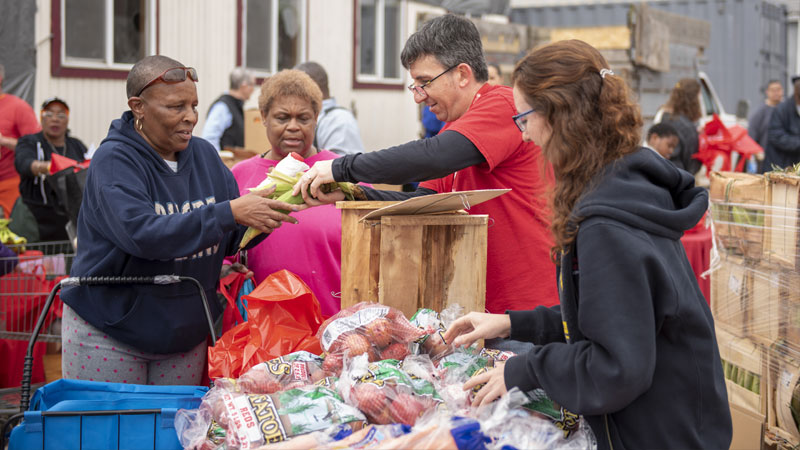Nutrition: Encouraging Healthy Choices for Food-Insecure Marylanders

Because food is the foundation of a healthy and productive life, investing in food-insecure Marylanders builds a stronger community for all. And there’s no greater investment in our collective future than providing our neighbors in need with access to nutritious food in a dignified manner.
The Maryland Food Bank has been distributing food to food-insecure Marylanders since 1979 as the hub of a network designed to provide temporary food assistance. Hunger continues to be a complex and pervasive issue, and food-insecure Marylanders are experiencing an increased prevalence of diet-related health issues. Diseases and conditions such as obesity, diabetes, hypertension, and heart disease, reduce quality of life, increase expenses, and block pathways out of food insecurity.
“Almost everyone can benefit from improved nutrition,” said Kate Long MFB’s director of nutrition. “We have an opportunity to help locally, by not only providing access to more nutritious foods, but working hand-in-hand with food-insecure Marylanders to make sure they have the resources and knowledge to make healthier choices.”

How Does Nutrition Affect Marylanders?
According to the 2017 Centers for Disease Control and Prevention (CDC)’s compilation of self-reported information, every state in our country has at least 20% of adults in the obese weight range, many of which were obese as young children.
In Maryland, the issue is even more prevalent. The most recent State of Obesity Report shows Maryland to have the 26th highest rate of obesity for adults (31.3%) and the 13th highest for teens aged 10-17 (16.5%).
Even more concerning is the fact that obesity and related health concerns disproportionately impact low-income populations. A recent study by the Food Research and Action Center (FRAC) found that disparities by income have worsened over time for children and adolescents in these vulnerable groups.

The study illuminates why food-insecure people have unique challenges in maintaining a healthy lifestyle, including limited access neighborhoods to full-service grocery stores in low-income. Healthy food is often expensive, and there’s a greater availability of fast food restaurants in these areas and in general. Plus, low-income families often experience high levels of stress and have fewer physical activity resources.
Of special concern is hunger’s impact on the development of Maryland’s children. Feeding America’s extensive research on the topic reveals that children who face hunger are more likely to be hospitalized and face higher risks of serious health conditions. When struggling families buy the cheapest food, instead of healthy food, children do not have the proper fuel to learn, grow, and reach their full potential.
Ensuring all Marylanders have access to nutritious food, regardless of income level makes for a stronger Maryland.
Underlying Factors That Affect Nutrition
The issue of nutrition is far more complicated than it may seem at first glance. Many factors influence what we choose to eat, including our socio-economic status, heritage, family influence and/or traditions, religion, education, emotional or psychological state, physical activity level and so much more.

Most of us know this intuitively.
The barrage of confusing nutrition messages from advertising, social media, or truncated news headlines can contradict or reinforce our personal nutrition beliefs. What exactly makes up a healthy diet? Who says that recipe is the healthiest option? What if I don’t have access to healthy foods in my neighborhood? Or what if I can’t afford it?
“As an experienced community nutritionist, I have great respect for how personal nutrition choices can be – no one likes to be told what to do, especially when it comes to something as personal as food choices,” said Kate. Her approach is reflected in our new strategy, which focuses on –increasing access to more nutritious food and education to help build pathways out of hunger for more Marylanders.
How MFB is Addressing the Nutrition Crisis
So where do we fit into the effort to improve nutritional health for more Marylanders? At MFB, we believe that it’s part of our job to educate, inspire, and empower individuals to make food choices that support achieving their best life and building pathways out of food insecurity.
There’s no such thing as a perfect diet, we’re all human after all. But our approach is to meet people where they are, be nonjudgmental and nondirective. We believe that dignified access to nutritious food is essential for creating sustainable solutions to food insecurity. The Maryland Food Bank maintains the state’s food assistance safety net by distributing nourishing food, and we plan to do more to facilitate nutrition education programs that improve the health of our communities.

For us, healthy food and nutrition education go hand-in-hand. We have a responsibility to do even more to distribute nutritious food, deliver a clear and concise nutrition message, and provide nutrition education that will increase the positive impact of our hunger-fighting efforts.
Here’s a look at the foods we’re prioritizing in donations and distributions for our hungry neighbors:
- Vegetables: fresh, frozen, and canned, with minimal added sauces, sodium, and fat
- Fruit: fresh, frozen, dried (no sugar added), and canned, offered in water, juice, or light syrup
- Whole grains: minimally processed, such as oats, brown rice, and quinoa. Processed foods, such as breads and crackers, are acceptable if whole grain is the first ingredient.
- Lean proteins: both animal and plant proteins that are low in sodium
- Low-fat dairy: dairy with limits on added sugar and sodium
Food-insecure Marylanders access these foods and accompanying nutrition education (recipes, cooking demos, interactive games, and more) in our Community Hunger Intervention Programs, such as Pantry On The Go, Summer Clubs, Supper Clubs, School Pantries, HEART Markets, and the Farm to Food Bank Program.
SWAPping Choices, Improving Nutrition
SWAP (Supporting Wellness at Pantries) is a simple-to-follow “stoplight” system of ranking food based on its nutrition level. When food comes in through our doors, we will give it a color based on levels of things like sodium, saturated fat, and sugar.
The green level stands for “choose often,” the yellow represents “choose sometimes,” and the red signifies “choose rarely.” This system works equally well for food donors and clients allowing both groups to make better choices.
According to an article in the Journal of the Academy of Nutrition and Dietetics, the goal of the SWAP system is to improve the supply of healthier foods and increase demand for those products in food pantry settings.
Kate works closely with our network partners to ensure they are helping food-insecure people in their communities use the SWAP system to improve their nutrition.
Help Us Strengthen Our Focus on Nutrition
Lack of access to nutritious foods, and the knowledge of how to regularly incorporate them into their lives, narrow the pathways out of hunger for food-insecure Marylanders.
Ensuring that our food donors, network partners, and ultimately, food-insecure Marylanders have the resources they need to make better nutrition choices requires us to be vigilant, agile and innovative.
But it is within our power to help Marylanders lessen the effects of poor health outcomes through improved nutrition.







This is a great article! Very informative. Thank you